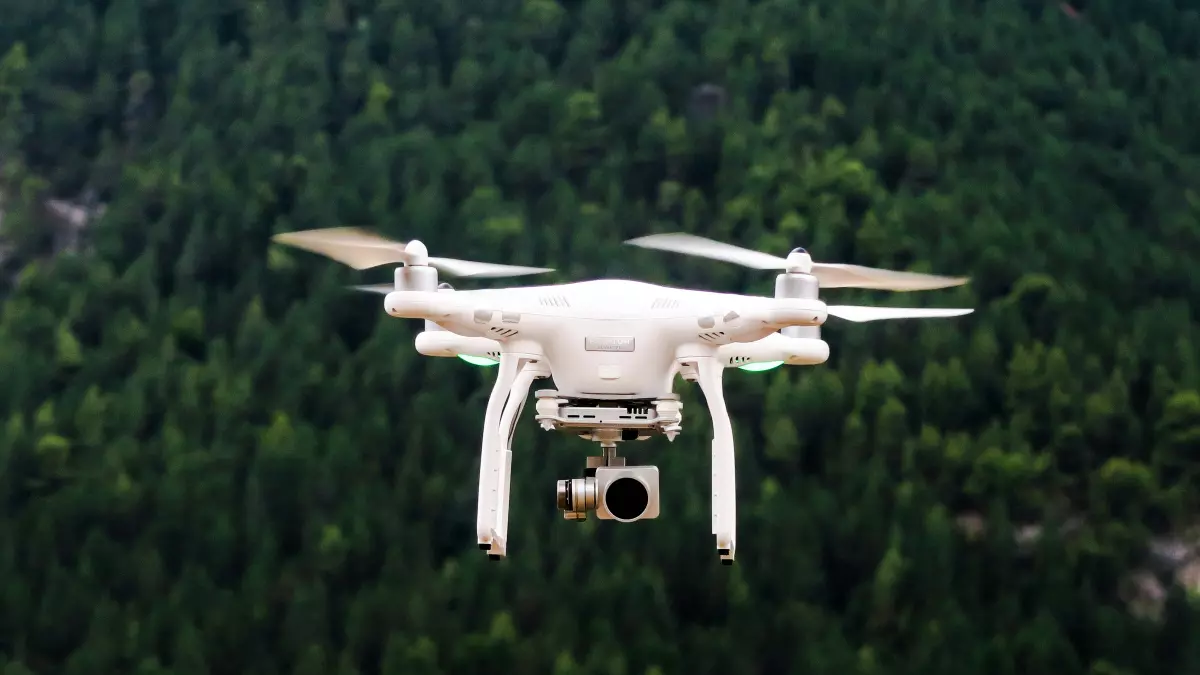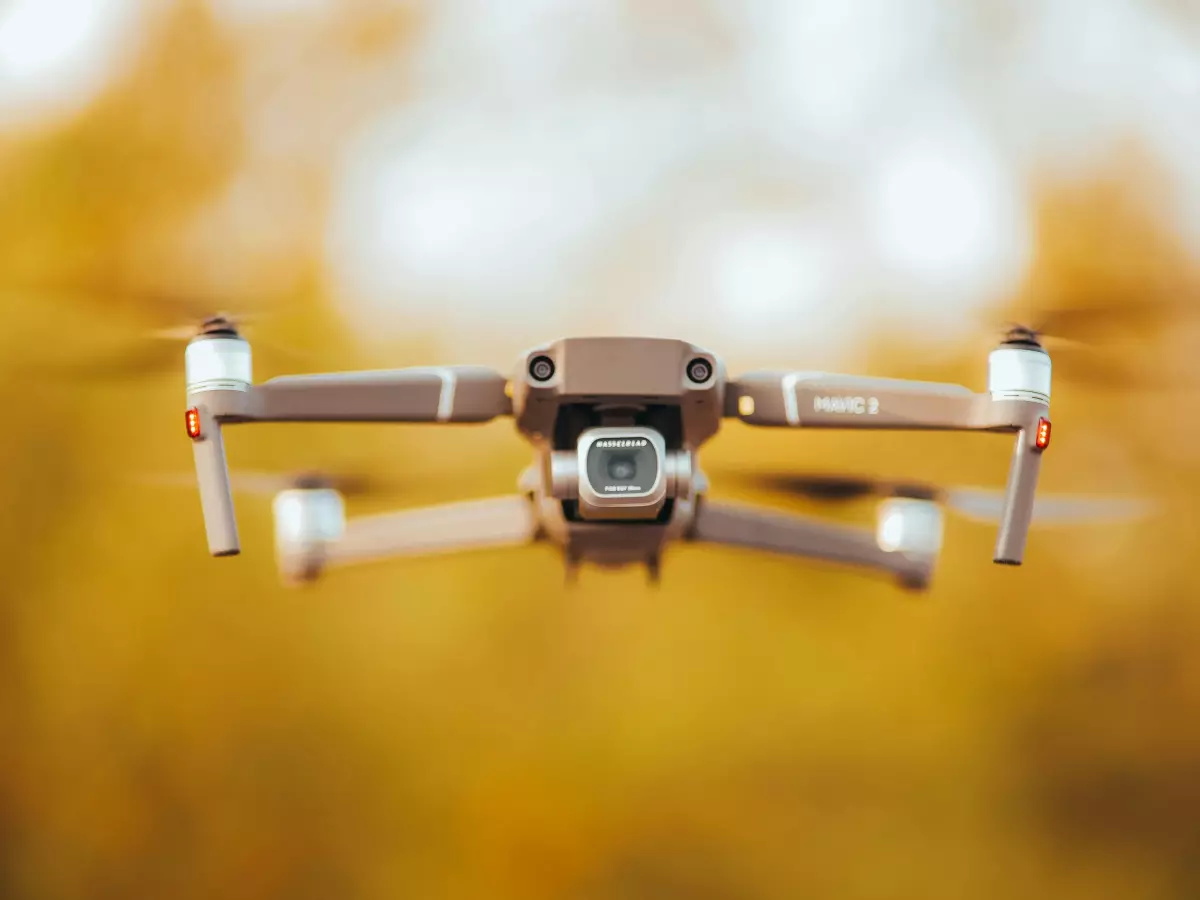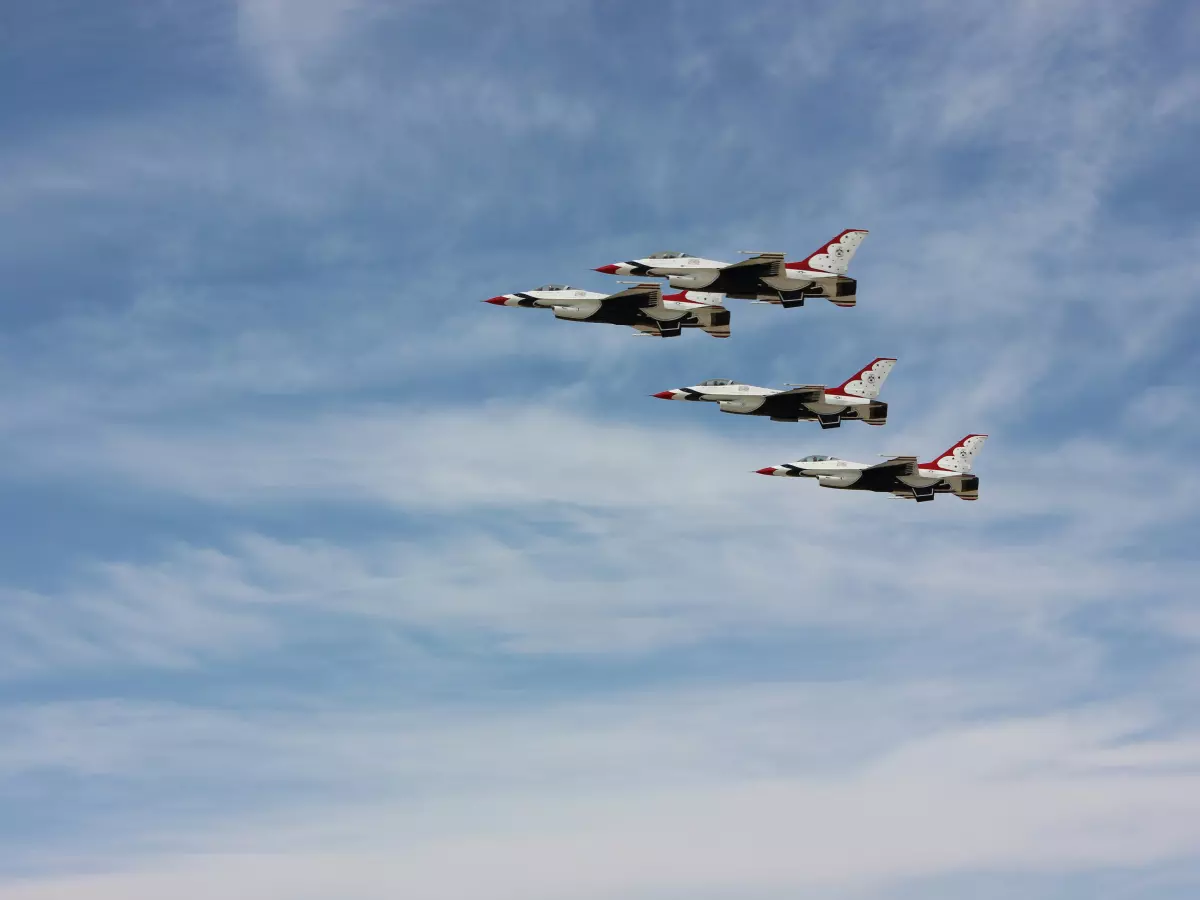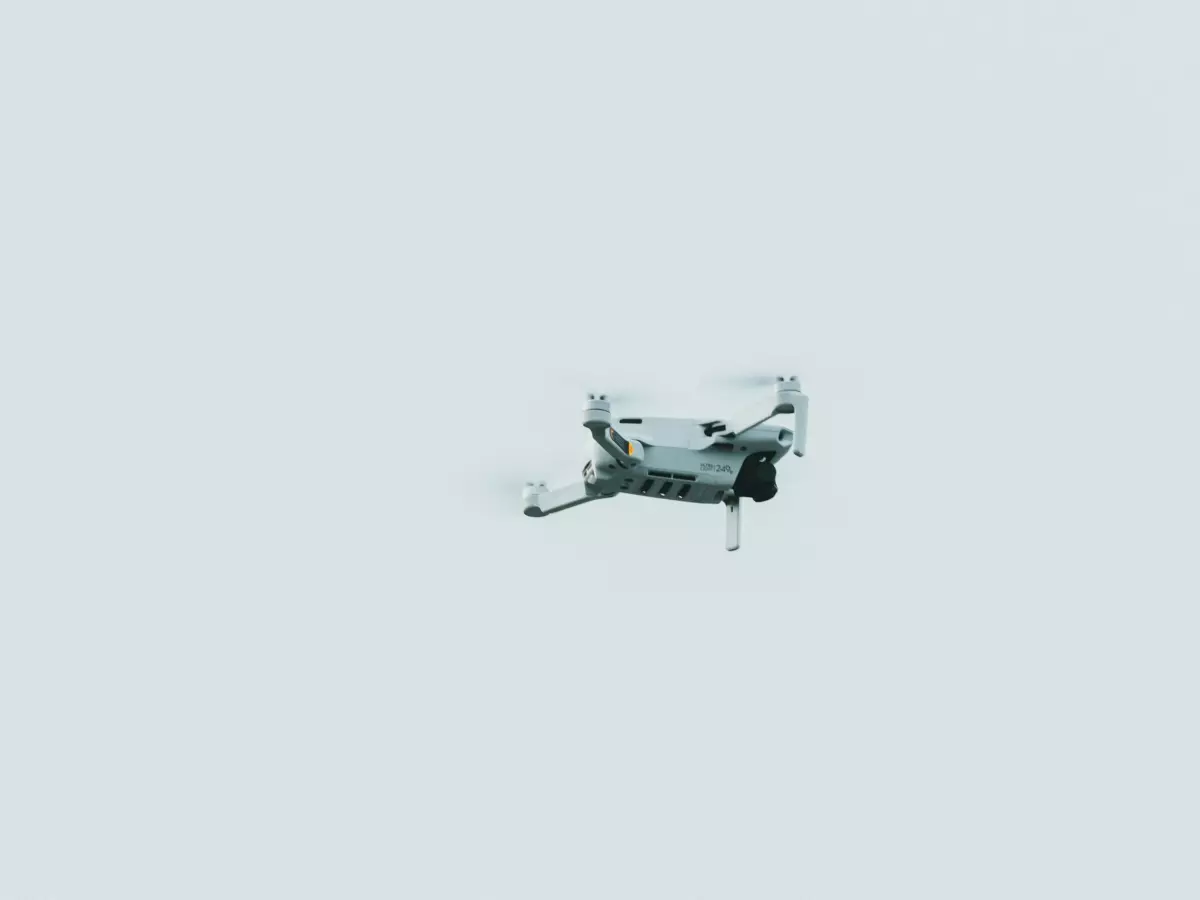Obstacle Avoidance
Imagine you're flying a drone through a dense forest. Trees, branches, and rocks are everywhere, and you’re navigating at high speed. How does the drone avoid crashing?

By Sophia Rossi
Here’s a fun fact: drones don’t just rely on a single sensor to avoid obstacles. In fact, they use a combination of multiple sensors, all working together in a process called sensor fusion. This fusion allows drones to perceive their surroundings in a way that’s far more sophisticated than any single sensor could achieve alone.
Why does this matter? Well, without sensor fusion, your drone would be flying blind—or at least with one eye closed. It would struggle to detect obstacles in real-time, especially in complex environments like forests, cities, or even indoors. But with sensor fusion, drones can make quick, accurate decisions to avoid obstacles and keep flying smoothly.
What is Sensor Fusion?
Sensor fusion is the process of combining data from multiple sensors to create a more accurate and reliable understanding of the environment. Think of it like this: each sensor has its own strengths and weaknesses. For example, a camera can provide detailed visual information, but it might struggle in low light. A LiDAR sensor, on the other hand, can detect distances with precision, but it doesn’t give you the same level of visual detail.
By fusing data from different sensors—such as cameras, LiDAR, ultrasonic sensors, and GPS—drones can create a comprehensive map of their surroundings. This allows them to detect obstacles, calculate distances, and make real-time decisions about how to avoid collisions.
The Role of Flight Control Software
Of course, sensor fusion wouldn’t be possible without sophisticated flight control software. This software acts as the brain of the drone, processing all the data from the sensors and making split-second decisions about how to adjust the drone’s flight path.
For example, if the drone’s sensors detect an obstacle ahead, the flight control software will calculate the best way to avoid it—whether that means flying around it, over it, or stopping altogether. The software also takes into account factors like speed, altitude, and wind conditions to ensure a smooth and safe flight.
Autonomy and Obstacle Avoidance
One of the most exciting aspects of sensor fusion is how it enables drone autonomy. Autonomous drones can fly without human intervention, making decisions on their own based on the data they receive from their sensors. This is particularly important for obstacle avoidance, as it allows drones to navigate complex environments without needing constant input from a human pilot.
Imagine a drone flying through a city, dodging buildings, power lines, and pedestrians. With sensor fusion and autonomous flight control, the drone can make real-time adjustments to its flight path, ensuring it avoids obstacles and reaches its destination safely.
Challenges and Future Developments
While sensor fusion has come a long way, there are still challenges to overcome. For example, sensors can sometimes provide conflicting data, which can confuse the flight control software. Additionally, environmental factors like rain, fog, or dust can interfere with sensor readings, making obstacle avoidance more difficult.
However, researchers are constantly working on improving sensor fusion algorithms and flight control software. In the future, we can expect drones to become even more autonomous and capable of navigating complex environments with ease.
So, the next time you fly your drone through a tricky landscape, remember: it’s not just one sensor doing the work. It’s a whole team of sensors, all working together through sensor fusion to keep your drone flying safely and smoothly.





